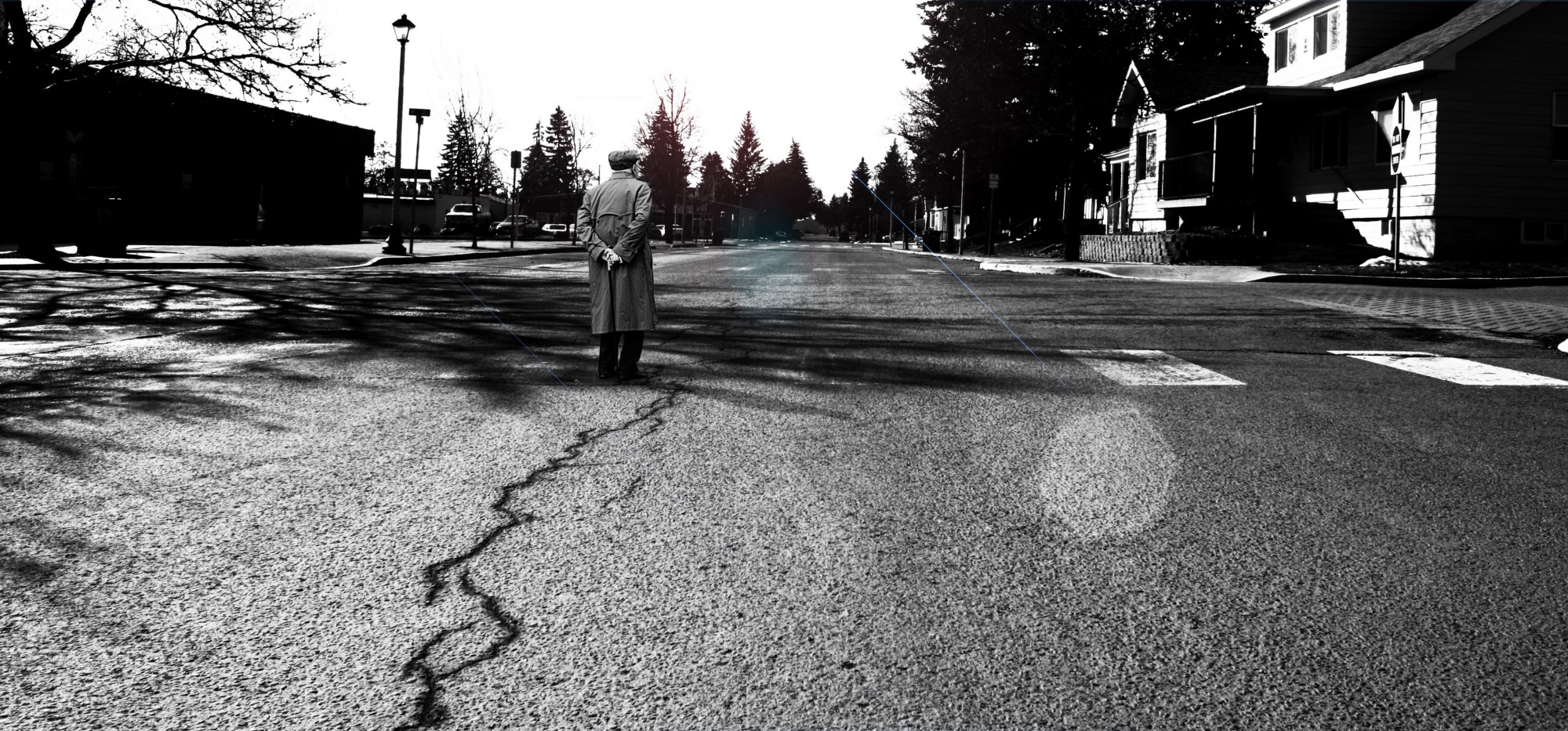Silicon Valley tends to see the disruption of the multi-trillion-dollar, slow-moving health care industry as “inevitable.” Yet, startups promising to reinvent how we deliver care, perform procedures, or fight disease have fallen short — sometimes disastrously so.
In his recent piece, “There’s No Magic in Venture-Backed Home Care,” the CEO of HomeHero, Kyle Hill, describes his tech startup’s ultimately unsuccessful effort to disrupt what might be considered the traditional home care industry: employer-based private-pay home care. The article points to many challenges, including strict regulations, fierce competition, and limited reimbursement for home care. But HomeHero’s story reveals a more fundamental reality: tech alone can’t disrupt health care.
The fall of the digital health disruptor isn’t a fluke. It’s based in health care’s essential nature and resulting structure, which prioritizes well-being, quality of life, safety, and human relationships, instead of price or convenience.
More Than Just Inefficiencies
HomeHero shared the view — ever-present in the tech industry — that high-touch customer relationships, extensive caregiver training, and tax and regulatory requirements are merely inefficiencies. Again and again, tech startups fail to consider the value of these central elements of health care, and instead seek to bypass them.
In fact, there are often compelling reasons for these measures. In the home care industry, we see many supposed “inefficiencies” as important tools and safeguards that protect our loved ones. These measures help achieve our number one objective: building personal service and relationships that ensure high-quality outcomes and improve quality of life for our clients and their families.
Indeed, as the title of Mr. Hill’s article notes, there is magic in home care. But that magic is in repeated, consistent, and caring human interactions. Experienced home care companies working at a local level are expressly designed, staffed, and prepared to provide that service.
Why Tech Alone Can’t Disrupt Home Care
In particular, there are a few essential reasons why home care is so difficult to disrupt:
- High-touch beats high-tech.
Flashier apps, better algorithms, and smarter sensors will never replace the personal relationships that home care professionals develop with families. These connections often last for years, offering consistency and trust that established home care companies are well-positioned to provide. While tech will certainly make home care more efficient — we are adopting these tools every day — it cannot replicate or sidestep the sense of security that our caregivers deliver.
- High-quality care is not a commodity.
The contractor model works for some startups because the service is simple: arrive at point B in one piece, for example. But home care is far more complex, and it has higher stakes. Home care companies that employ their caregivers are required to comply with all applicable licensing and labor laws. They train their caregivers. They provide a dependable, reliable supply of them to their clients. And in doing all these things, they give you peace of mind and security. To provide the best care possible, a skilled caregiver must address a vast range of factors, needs, and choices, which vary for each client. Do you really want a company “eliminating inefficiencies” on regulations and labor laws when caring for your relative? When loved ones make home care decisions, they place an indescribable value on an older relative’s safety and well-being. They demand the certainty of the employer model.
- Home care is already disruptive.
This is our best-kept secret: home care companies are some of the biggest disruptors in today’s health care industry. Home care meets the preferences of 9/10 seniors to age at home, for roughly half the cost of care in a nursing home, while also saving the US billions in hospital costs. One study showed the savings to be as high as $25 billion due to the growth of home care services in the early years of the industry. Home care fills a role that hospitals, nursing homes, and in many cases, families, simply may not have the capacity or skills to provide. But this disruption is based on people, relationships, and an innovative model of care — not just new technology.
Let’s Collaborate
The HomeHero team should be applauded for their work. It’s clear that Mr. Hill has pure intentions and a personal connection with the mission of home care. And I understand and share his desire to spread the advantages of home care to every American family.
We always welcome innovation to complement home care. From sensors to apps helping home care companies run more efficiently, there is a place for technology in home care. So I’d like to ask Mr. Hill and other entrepreneurs to join with the home care industry. Let’s team up to continue disrupting long-term and medical care, improve millions of lives, create jobs, and reduce health care costs.
The need for home care is enormous and growing rapidly, so both home care and tech companies can thrive. The ratio of potential family caregivers to people over-80 will be cut roughly in half by 2050, driving a spike in demand for professional caregivers. Our nation needs home care, and accompanying tech innovations, more than ever. There’s so much business opportunity — enough for all of us to benefit and do more work to help protect and serve America’s seniors.
Home care companies are already delivering the mix of commercial viability and social good that Silicon Valley has always prized. We have done this by staying true to a set of core approaches, some of which go beyond the bare bones of efficiency. But by working with emerging tech innovators, we can amplify our industry’s benefits, share our ideas, and improve our services.
Let’s work together to seize the enormous promise that home care continues to offer.
Phil Bongiorno is the Executive Director of the Home Care Association of America.
Source: Medium
 Global Coalition On
Global Coalition On 